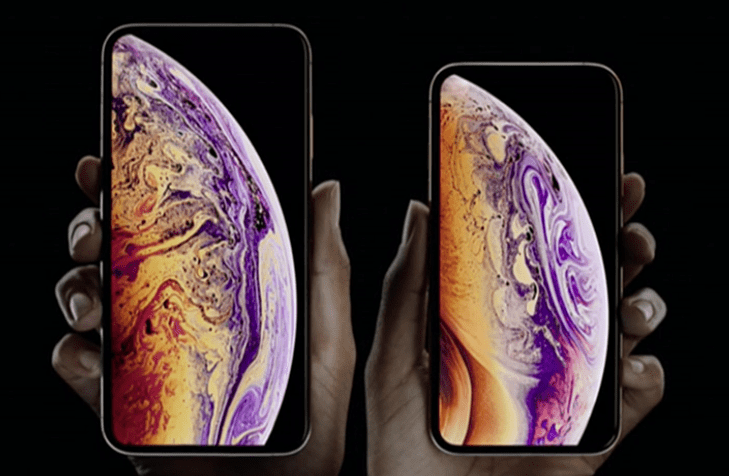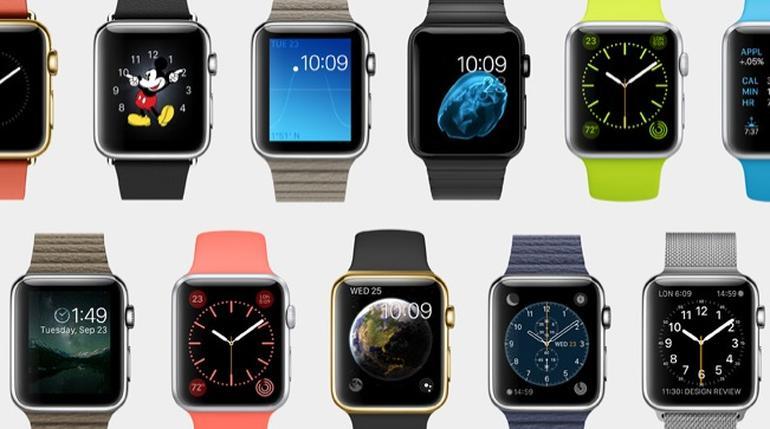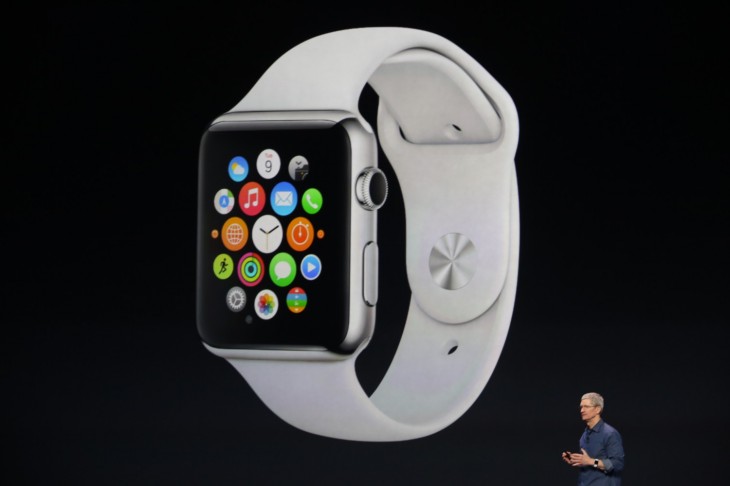Autumn Crop
Apple's New Unveilings
At Apple’s September product unveiling, three new iPhones grabbed the spotlight. Tim Cook’s presentation also showcased the new Apple Watch, called “an intelligent guardian for your health.” To introduce the new Apple Watch to the world, Apple turned to American Heart Association president Ivor Benjamin, who applauded the company’s innovation and commitment towards health issues. […]





